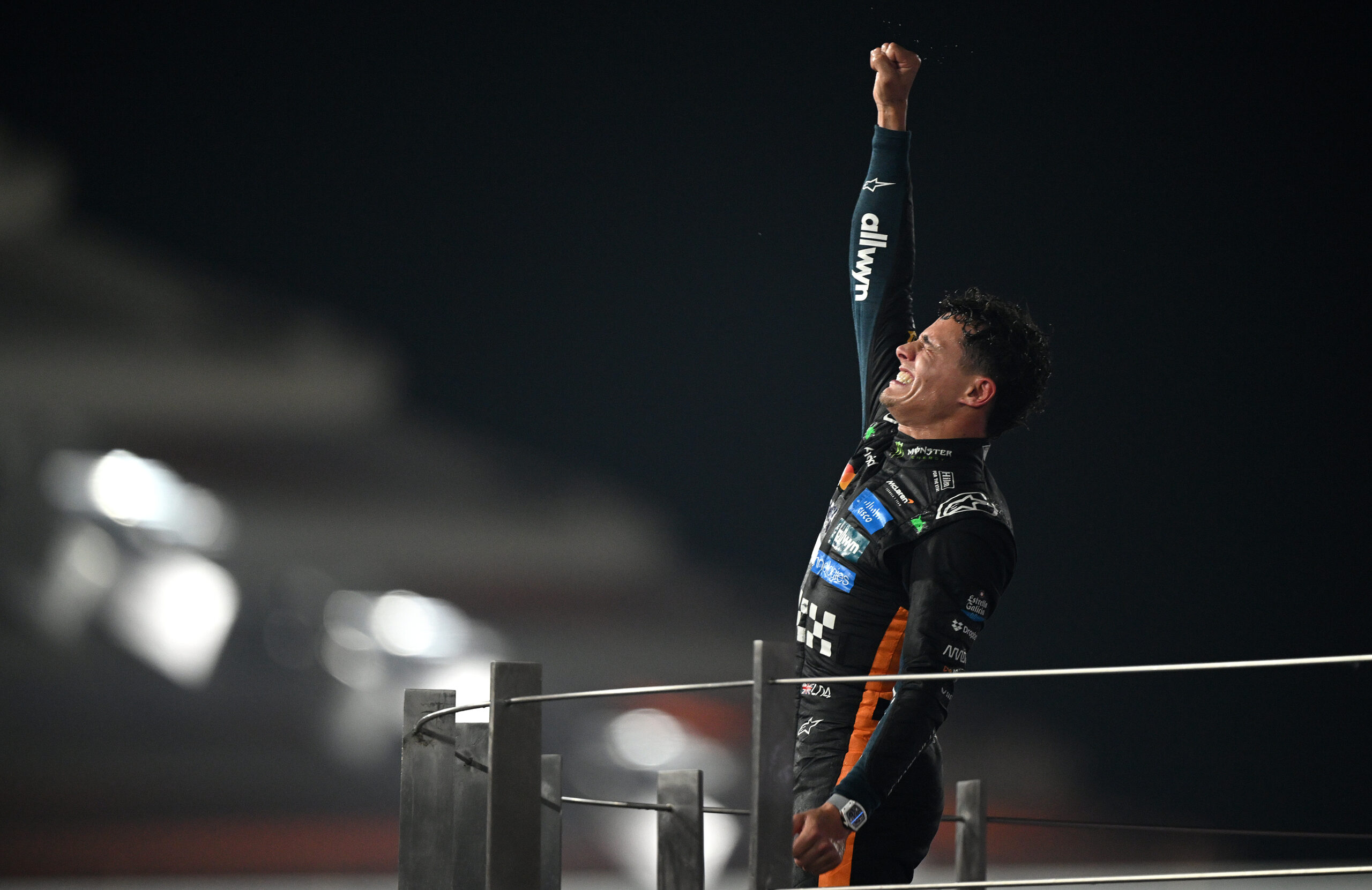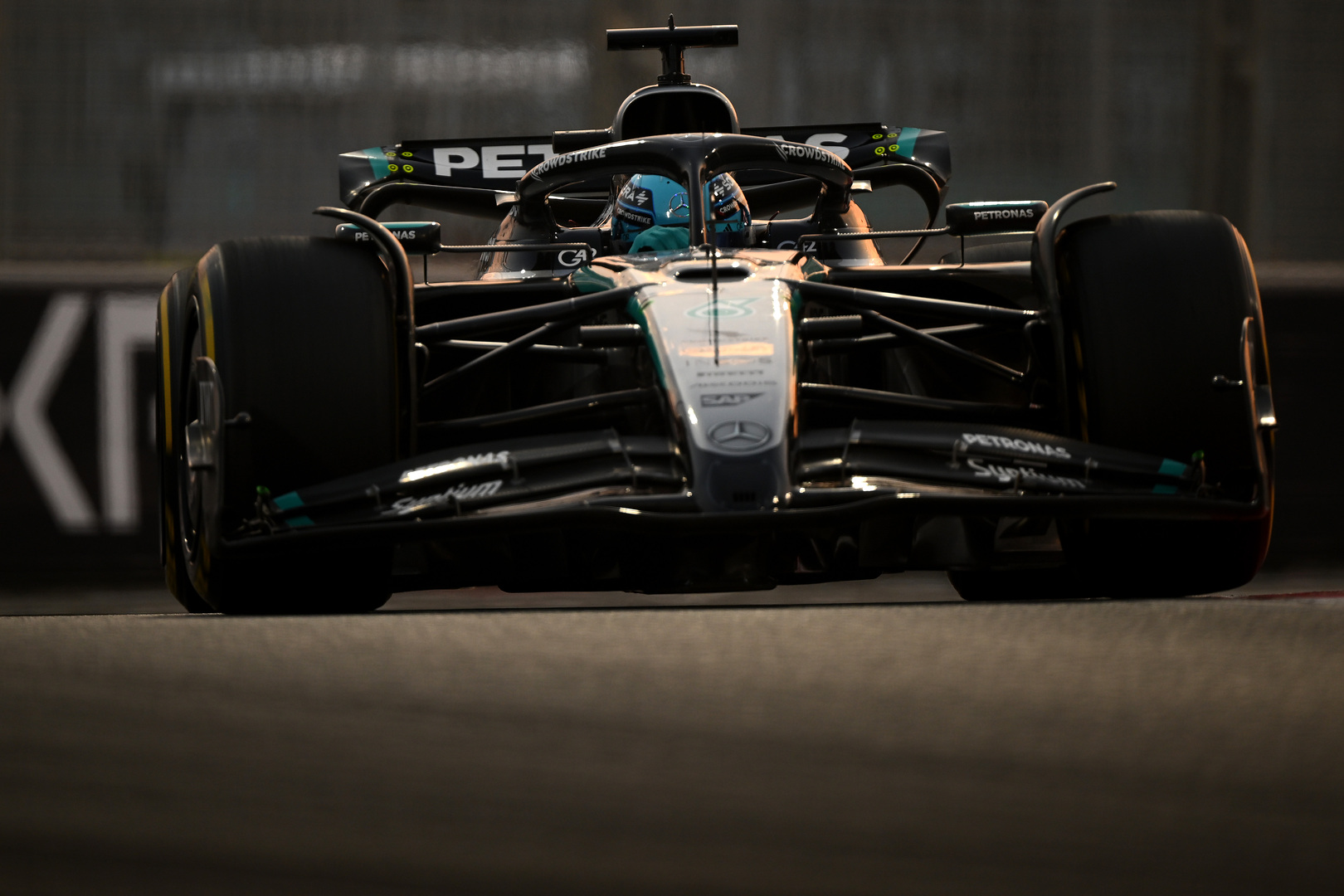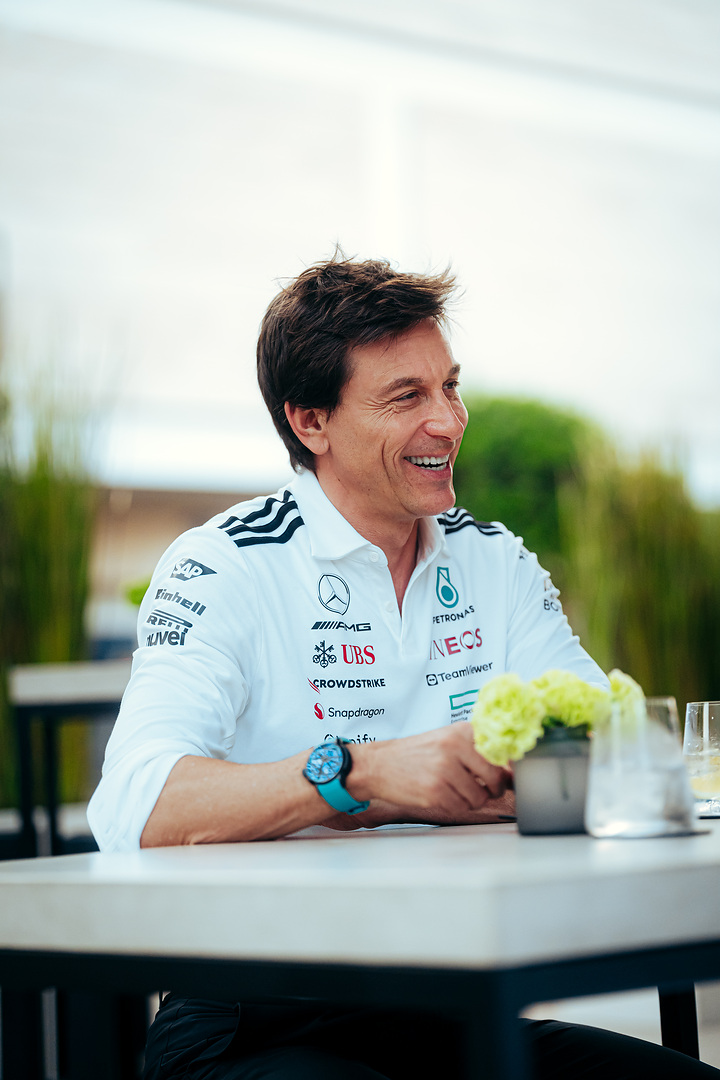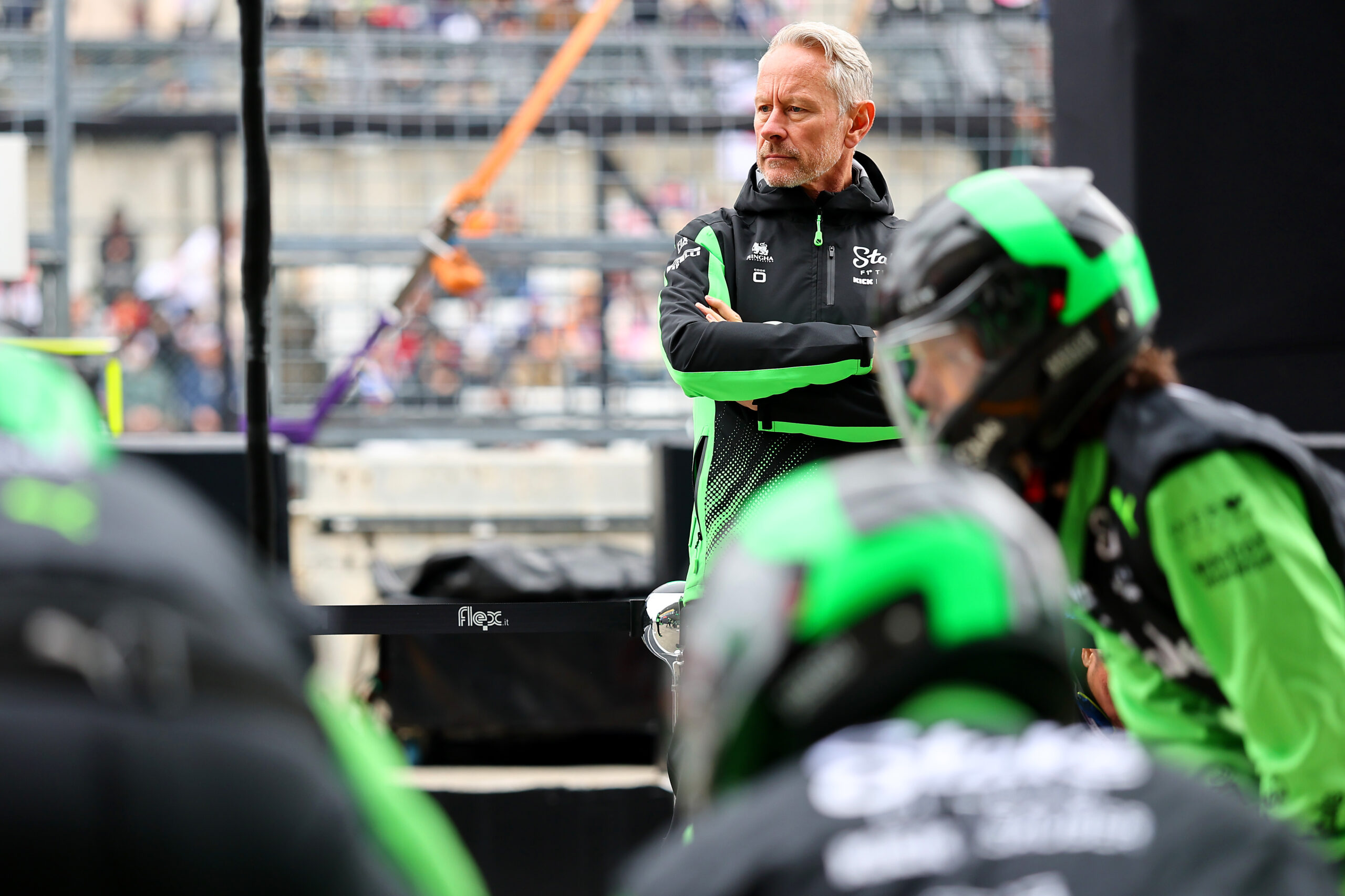
Photo Credit: Scuderia Ferrari Media
Ferrari’s 2023 season, at least so far, is proving to be difficult and, above all, full of ups and downs. In fact, after the winter expectations, when in Maranello they thought they could fight against Red Bull for the title, the start of the world championship brought the Italian giants back down to earth, given that, since the tests in Bahrain, it was understood that the SF-23 would not have allowed such goals to be aspired to.
Already after the first 2023 outing, Ferrari had to reevaluate its objectives due to a slow car and, above all, almost never capable of showing the good results that appeared in the wind tunnel, both due to mistakes and, in turns, concerned teams, drivers and strategies. Reassessment of the objectives that led the Cavallino to aspire to the role of second force to save the year. A feasible goal but not so obvious given that, to date, the team is fourth in the world championship, behind Mercedes and Aston Martin.
A state of the art which, as reported by ‘Motorsport.com‘, was spoken about by team principal Frederic Vasseur, who did not shy away from any question and touched on many current issues of the team and of F1.
First, the Frenchman analyzed the areas where the technicians are pushing the most to advance the SF-23.
“We are working to improve where we are weak. The hardest part is understanding where the weaknesses are. We have made a good step forward after Australia and Barcelona, even if there are still weaknesses in extreme conditions.”
Refinement work in extreme conditions which, according to the transalpine, are those of strong and diagonal wind.
“The car is too sensitive when there is a diagonal wind. We are working to improve, when the wind is head on we have no problems.”
A work in the name of continuity on the new package brought to the track in Spain which, after a first flop due to a wrong set-up, is giving the desired results.
“When you introduce a package and you have little time to try it, you struggle to understand if maybe you used the wrong set-up. Maybe you expected to gain then you lost because you didn’t have the correct set-up. So with new things it’s essential to understand how it should be used. We are still sensitive to the wind.
Work that led the red to shorten the gap from Red Bull as it was reduced from one lap in Jeddah to twenty seconds in Austria.
“The gap is smaller if we consider that in Jeddah we were one lap behind, while in Austria we finished 20 seconds behind.”
Development which, data in hand, has also involved other teams such as Mclaren which, in this period, is proving to be a great surprise.
“McLaren started making progress from Barcelona. Maybe it was less visible, because Norris had made contact at the start. It’s not just a matter of the concept of sidepods or wing, the performance was already starting to show. It’s true that behind Max there is a group of four teams that are enclosed in two tenths, so the set-up and the performance of the drivers can make a big difference, but mistakes are also part of the game.”
As mentioned, among the redhead’s mistakes there were strategic ones. Errors towards which Vasseur spoke as team leader, not pointing the finger at the strategists (not exempt from errors) but also against the tyre supplier.
“From the outside it’s easy to criticise the strategists, but sometimes mistakes are made because the number of laps that can be done with the compounds is wrong. Sometimes we’re told that a tyre can’t last more than 15 laps, but then they cover more: if that happens, it’s not the strategist’s fault.”
The former Alfa then analyzed the close battle that is characterising F1 at present.
“To understand where we are, you need to be very precise. Before, the order was clear: there were always the same cars in the front row and the picture was clear. Now it’s much more difficult to read things between races.”
The Scuderia is facing to get back on track and fill the gap created in the winter.
“We certainly paid for a gap. It wasn’t just a question of performance, something happened that affected the confidence of the drivers. When you enter a corner and you have a loss of load, it also causes a loss of balance and, therefore, you begin to feel understeer. Add the wind, which is never the same, and the difficulties increase.”
A job that, to date, has led to having a SF-23 that is difficult to drive and above all unable to allow the drivers to push with total confidence.
“We don’t have performance stability: lap after lap we lose performance, the conditions are never the same. We have to put the driver at the center of priorities. It won’t be the easiest or fastest way. It would be much easier to add load. And so it happens that from one weekend to the next we have different performances. We have good feelings in one GP, while, at the next, we can get hurt.”




